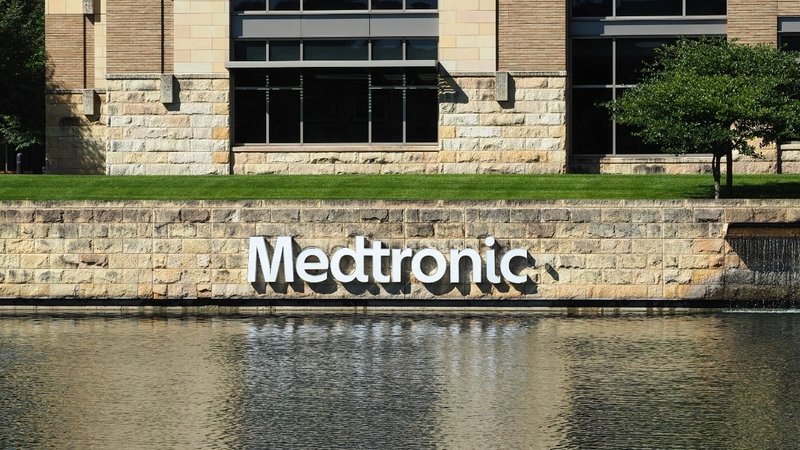Summer may just be getting started, but Medtronic has colder temperatures on the brain. Much colder temperatures, in fact, with the FDA’s expanded clearance of the company’s cryoablation catheter to treat atrial fibrillation.
In cryoablation procedures for afib, a catheter delivers coolant to the heart tissue located around the pulmonary veins. Reaching temperatures as low as minus 75 degrees Celsius, it helps block the abnormal electrical signals in the heart’s upper chambers that cause irregular or rapid heartbeats.
With Medtronic’s Arctic Front system, once the catheter is inserted into the left superior pulmonary vein, a cryoballoon is inflated in the heart’s left atrium. The fully inflated balloon completely blocks the opening of the vein and rapidly cools down the heart tissue. When the process is complete, the balloon vacuums up all the coolant and deflates, and the catheter is removed.
Multiple studies by the company of its cryoablation system have shown that it leads to about a 33% reduction in the need for repeat procedures. It’s also linked to fewer post-procedure cardiovascular hospitalizations compared to the use of radiofrequency catheters, which deliver heat rather than extreme cold to regulate the heartbeat.
The Arctic Front system was initially cleared by the FDA more than a decade ago, in late 2010. Since then, Medtronic has received a handful of subsequent clearances for updates to the device.
The latest clearance widens the system’s reach, enabling use as an initial treatment for recurrent symptomatic paroxysmal afib, which includes episodes of irregular or rapid heartbeats lasting less than seven days at a time.

Previously, paroxysmal afib was initially treated with antiarrhythmic drug therapy, with cryoablation only available afterwards. Medtronic’s Arctic Front device is the first to be cleared for use ahead of drug therapy.
That expanded indication builds on the FDA’s June 2020 clearance for treating drug-refractory paroxysmal afib—where the condition doesn’t respond to drug therapy—and persistent afib, in which episodes last longer than a week but less than six months.
“Expanded FDA approval, coupled with the growing body of clinical evidence, demonstrate cryoablation as a first-line treatment is a more effective solution for preventing atrial arrhythmia recurrence,” said Oussama Wazni, M.D., principal investigator for the system’s STOP AF First clinical study and electrophysiology section head at the Cleveland Clinic.
“With this new indication, physicians now have more options to treat AF earlier, and we’ve seen that patients do better when treated earlier,” Wazni added.
The STOP AF First trial saw about 200 patients who had never received cryoablation or drug therapy to treat their paroxysmal afib receive one of the treatments. After one year, nearly 75% of those in the cryoablation group had achieved treatment success—defined by the success of the procedure and a lack of afib recurrence in the ensuing months—compared to just 45% of the drug therapy group.
Additionally, those treated with the cryoballoon catheter reported significant improvements in their quality of life, with only 1.9% experiencing primary safety events.

